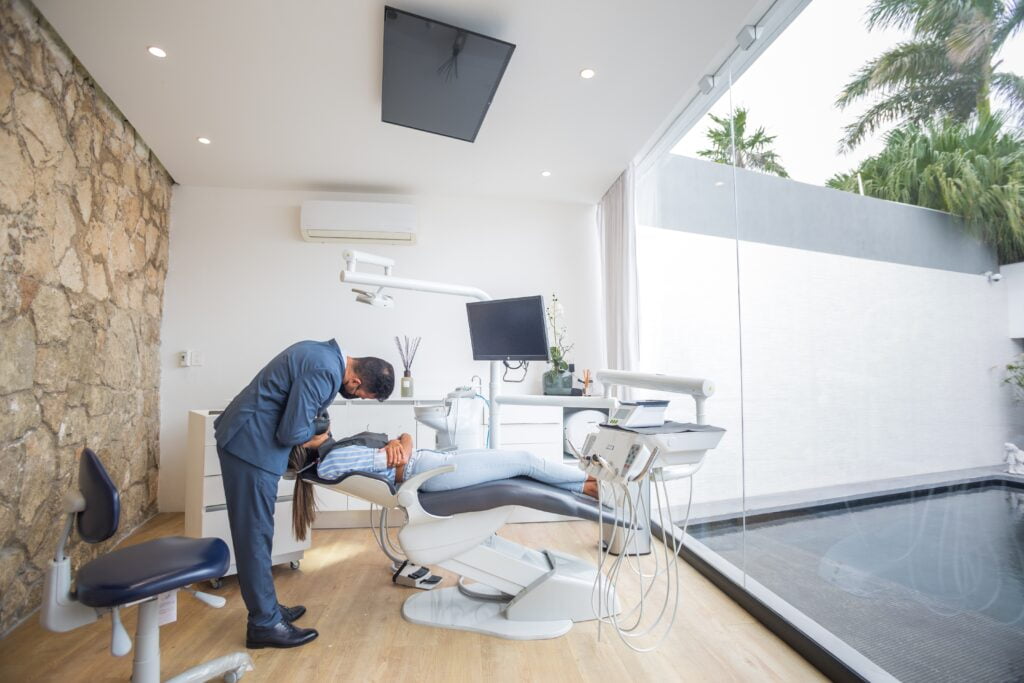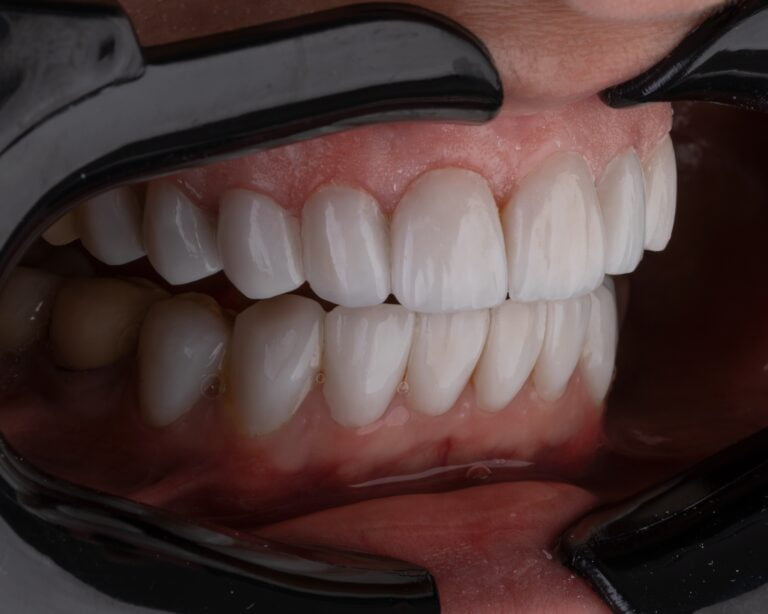Dental cavities, often referred to as caries or tooth decay, have been a persistent concern for humanity for centuries. Traditionally, addressing cavities involved removing the decayed tooth material through drilling and filling the resulting void with substances like amalgam or composite resin. However, recent advancements in dental science and technology have ushered in a new era of cavity restoration. Today, dental professionals have a multitude of modern approaches at their disposal, enabling them not only to restore a tooth’s structural integrity but also to enhance its aesthetics and lifespan. In this article, we will delve into some of these innovative approaches that transcend the boundaries of traditional fillings.
1-Minimal Intervention Dentistry (MID)
One of the most notable paradigm shifts in contemporary dentistry is the concept of Minimal Intervention Dentistry (MID). MID emphasizes the preservation of as much natural tooth structure as possible while effectively treating dental cavities. This approach hinges on early cavity detection through cutting-edge diagnostic tools such as digital imaging, laser fluorescence, and other innovative techniques. When cavities are identified at an incipient stage, they can often be managed through non-invasive methods like fluoride therapy, sealants, and antimicrobial treatments. By intervening before cavities progress to a more severe state, MID reduces the necessity for extensive restorations and maintains the tooth’s inherent strength and integrity.
2-Tooth-Colored Fillings
Traditional silver amalgam fillings, while effective in restoring tooth function, have a conspicuous appearance that can detract from the overall aesthetics of a smile. Modern dentistry offers tooth-coloured fillings crafted from composite resin or porcelain, which seamlessly blend with the natural colour of teeth. These fillings not only restore a tooth’s functionality but also augment its appearance. Composite resin fillings are highly versatile and suitable for both front and back teeth. They form a strong bond with the tooth, minimizing the risk of fractures and ensuring excellent durability.
3-Ceramic Inlays and Onlays
In situations where a cavity extends beyond the scope of a simple filling but doesn’t warrant a full crown, ceramic inlays and onlays represent an excellent alternative. Inlays and onlays are customized restorations created in a dental laboratory and then bonded to the tooth. They provide a conservative solution, preserving more of the natural tooth structure when compared to traditional crowns. Ceramic materials like porcelain closely replicate the appearance and strength of natural teeth, ensuring a seamless integration with the surrounding dentition.
4-Dental Bonding
Dental bonding is a versatile procedure used for both cosmetic and restorative purposes, including cavity repair. It entails applying a tooth-coloured composite resin to the affected area, which is then meticulously sculpted, shaped, and polished to harmonize with the natural tooth contours. Dental bonding is not limited to cavity restoration; it can also effectively mend chipped, discoloured, or misshapen teeth. Offering a swift and cost-effective solution, dental bonding yields robust and enduring results, making it a preferred choice for various dental concerns.
5-Biomimetic Dentistry
Biomimetic dentistry represents a modern approach dedicated to the restoration of teeth, with a primary goal of emulating their innate structure and function. This technique prioritizes the use of adhesive materials, establishing a robust bond with the tooth to uphold its strength and integrity. Biomimetic restorations, including composite overlays and layered treatments, are painstakingly crafted to faithfully replicate the natural anatomy of a tooth. This meticulous design not only diminishes the risk of fractures but also ensures enduring results. By closely adhering to the principles of biomimetic dentistry, dental practitioners can attain exceptional cavity restorations that seamlessly blend with the aesthetics and functionality of natural teeth.

6-Laser Dentistry
Laser technology has played a pivotal role in driving significant progress across various dental procedures, with a notable impact on cavity restoration. Laser dentistry presents an option that is minimally invasive and nearly painless for the extraction of decayed tooth structures. The precision inherent in laser systems empowers dentists to execute conservative cavity preparations, preserving a greater portion of the healthy tooth enamel. Moreover, lasers possess the unique ability to sterilize the treated area, significantly reducing the potential for bacterial contamination. Consequently, patients undergoing laser cavity treatments frequently report decreased discomfort and enjoy a more rapid recovery period, underscoring the transformative influence of laser technology in modern dentistry’s quest for enhanced patient experiences and improved treatment outcomes.
7-Regenerative Dentistry
In the domain of dentistry, pioneering approaches within regenerative dentistry are emerging to transcend the limitations of traditional cavity restoration. These avant-garde techniques strive to unlock the innate potential for healing and regenerating tooth structures. Leveraging biocompatible materials, growth factors, and stem cells, these cutting-edge methods ignite the development of new dentin, the primary hard tissue comprising teeth. While still in experimental phases, regenerative dentistry holds immense promise in revolutionizing the realm of cavity repair, potentially rendering the need for conventional restorative procedures obsolete.
By harnessing the body’s mechanisms, regenerative dentistry seeks to encourage the formation of natural, healthy tooth structures, providing a potentially longer-lasting and more sustainable solution for patients. Although these approaches are at an early stage of development, they represent a groundbreaking shift towards a future where dental treatments are not only restorative but also regenerative, offering patients a chance to preserve their natural smiles for years to come.
Conclusion
Modern dentistry has traversed remarkable terrain in the treatment of dental cavities, offering patients a diverse spectrum of options that transcend traditional fillings. From Minimal Intervention Dentistry (MID) to biomimetic approaches, the contemporary focus lies in conserving natural tooth structure while achieving aesthetically pleasing and enduring results. Dental practitioners today wield an impressive arsenal of tools and techniques, encompassing tooth-colored fillings, ceramic inlays and onlays, dental bonding, laser dentistry, and the exciting prospects of regenerative dentistry.
As dental science continues to advance, patients can anticipate cavity restoration procedures that are not only efficacious but also more comfortable and aesthetically appealing than ever before. By embracing these modern approaches, both dental professionals and patients can collaborate to ensure that teeth remain healthy and resplendent throughout their lifetimes. The future of cavity restoration shines brightly, promising a world where dental decay is managed with precision and care, preserving smiles and oral health for generations to come. Dental innovation is poised to shape a future where the art and science of dentistry seamlessly blend for the benefit of all.


